Identify the challenges
When surveying a group of students from Bac Lieu University about whether they often read newspapers in general and local Party newspapers, most of them answered no. But when asked about sensational, eye-catching information nationwide, they seemed to be very knowledgeable. When asked where they got the news, they said they read it on their smartphones through TikTok, Facebook...
The fact that young people rarely read newspapers is almost a common situation. Because now, just by swiping on the phone or clicking on the mouse, information appears in a myriad of forms. Therefore, if in the past, traditional press played a key role in informing and deciding the content brought to readers and viewers, now, it is the digital public that is the driving force of information consumption trends. The press must innovate to "win" back readers!
Like the group of students just mentioned above, today's youth tend to access news through social networks such as Facebook, Zalo, Instagram, TikTok, YouTube... This forces press agencies and journalists to "shift" according to readers. Readers increasingly prefer short, easy-to-access news with more visual and video elements than an article with lots of words.
In addition, nowadays with smartphones and the creation of personal accounts on social networks, there are "citizen journalists" everywhere. But such "free" journalism can easily lead public opinion to a mess of information, making it difficult to distinguish between right and wrong, real and fake; creating more challenges in quality control and positioning the professional role of journalists.
Students of Nam Can Tho University visit the model of making electronic newspapers at the Bac Lieu Newspaper Office. Photo: CT
Development opportunities
One of the most obvious opportunities that digital transformation brings to journalism is the ability to diversify the way content is presented. Newsrooms can apply technology to present content in many forms: data journalism, multimedia journalism, interactive journalism, short videos, podcasts, livestreams, infographics, 3D models...
Nhan Dan newspaper has attracted the attention of readers nationwide when it released supplements integrating QR codes so that people can view valuable documents about the Dien Bien Phu Victory and the Ho Chi Minh Campaign that led to the great victory of Spring 1975. Similarly, podcasts or storytelling videos will certainly help connect emotions more strongly than pure text.
Truth, reliability and social responsibility are core values that mainstream journalism always excels in, but must change to adapt. Press agencies are boldly transforming their organizational models towards converged newsrooms, digital newsrooms; building multi-platform content production models (electronic newspapers, social networks, podcasts, short videos...) to meet the public's diverse information access needs.
Journalism and journalists are facing both opportunities and challenges for survival. Many synchronous solutions must be strengthened, such as training and fostering human resources for digital journalism, affirming and maintaining the leading role of revolutionary journalism in orienting public opinion, the State needs to perfect the digital journalism institution, including building a synchronous legal framework for journalism activities in the digital environment... to build a modern, sustainable, humane and highly competitive journalism ecosystem.
NHAT QUYNH
Source: https://www.baobaclieu.vn/van-hoa-nghe-thuat/nghe-bao-va-nguoi-lam-bao-thoi-dai-so--co-hoi-va-thach-thuc-101178.html


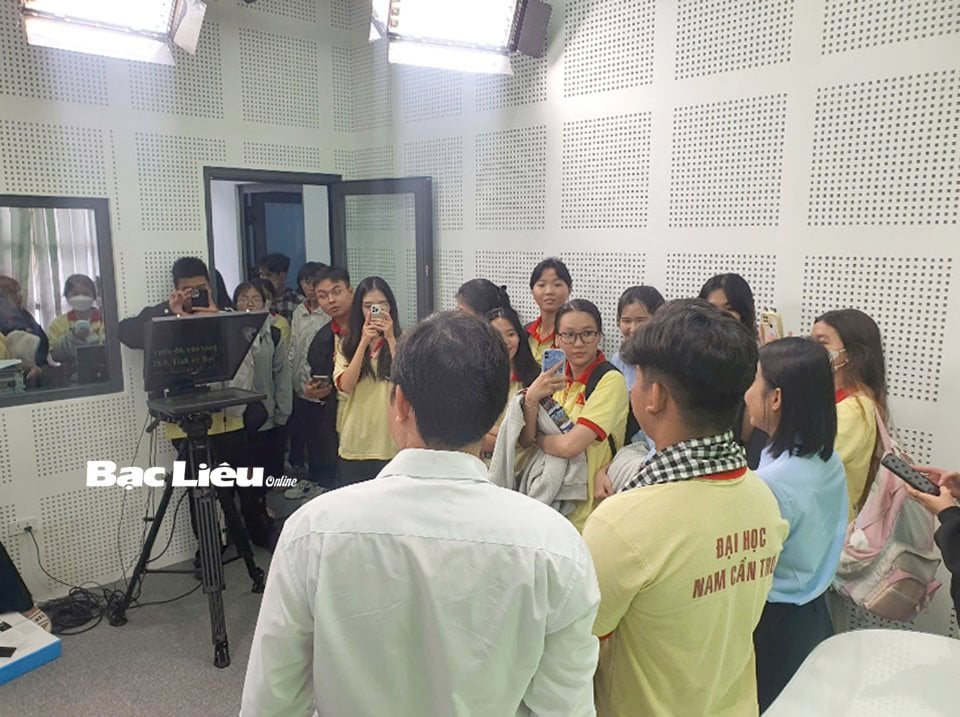










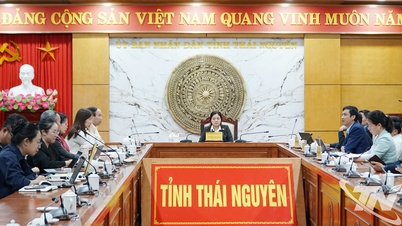



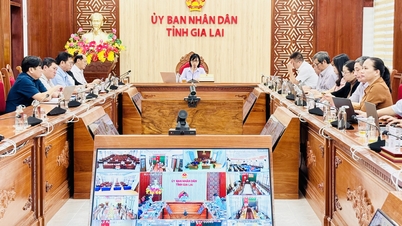













![[Photo] Worshiping the Tuyet Son statue - a nearly 400-year-old treasure at Keo Pagoda](/_next/image?url=https%3A%2F%2Fvphoto.vietnam.vn%2Fthumb%2F1200x675%2Fvietnam%2Fresource%2FIMAGE%2F2025%2F12%2F02%2F1764679323086_ndo_br_tempimageomw0hi-4884-jpg.webp&w=3840&q=75)
![[Photo] Parade to celebrate the 50th anniversary of Laos' National Day](/_next/image?url=https%3A%2F%2Fvphoto.vietnam.vn%2Fthumb%2F1200x675%2Fvietnam%2Fresource%2FIMAGE%2F2025%2F12%2F02%2F1764691918289_ndo_br_0-jpg.webp&w=3840&q=75)















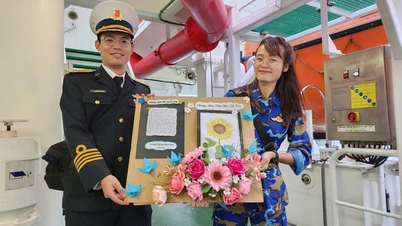


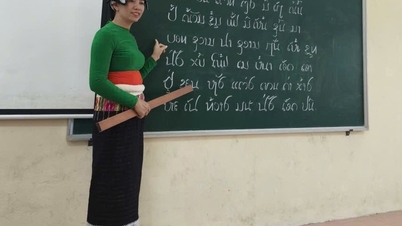


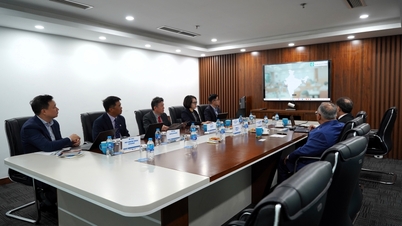
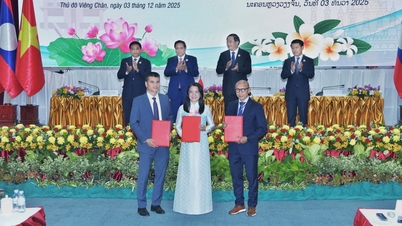



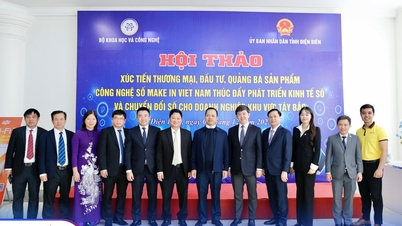
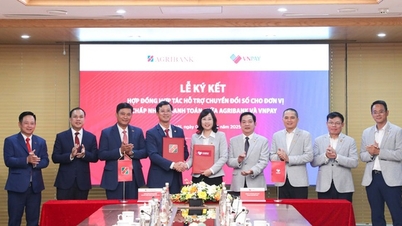























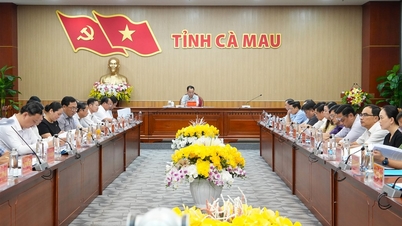

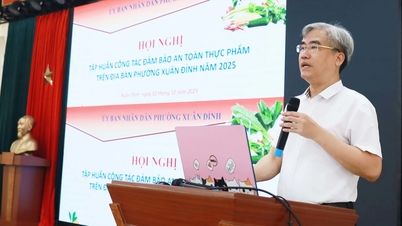




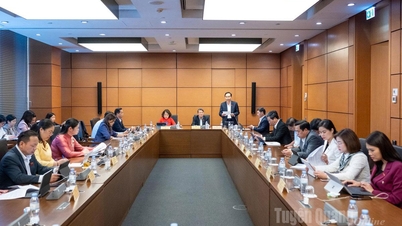















Comment (0)